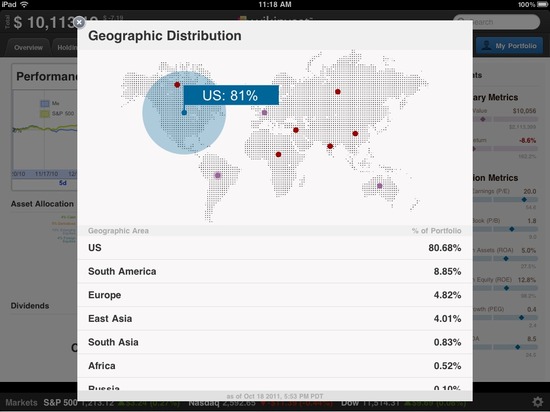 There is a bit of a media frenzy going on right now about the idea of consumers cutting the cord to their bank (or DVD rental company) due to new fees and/or price increases. There are even t-shirts (see inset), a sure sign things are getting a bit crazy.
There is a bit of a media frenzy going on right now about the idea of consumers cutting the cord to their bank (or DVD rental company) due to new fees and/or price increases. There are even t-shirts (see inset), a sure sign things are getting a bit crazy.
Within the industry, there’s been much debate over whether consumers will actually act upon their frustration and move accounts to “main street” banks and credit unions.
Certainly some will (see update). One of our young employees just did, thanks to the debit card fee. You probably know someone that has too. And most likely, it’s someone with relatively simple finances. Because those of us with more complicated situations brought on by marriage, children, home buying, car buying, credit card usage, business ownership and so on, face a daunting lists of tasks to move our accounts (see below).
While millions will change banks to lower checking costs, most will stay put because they are satisfied overall or they simply want to avoid spending a good part of a Saturday going through the tedious switching process. Tools designed to ease the pain, such as Deluxe’s new SwitchAgent, can help (see screenshots from FreeStar Bank below). But it’s still a painful process (just look at that last worksheet), even if you have a friendly helper on the phone providing moral support and making calls on your behalf.
This doesn’t mean you can ignore customer needs, or tack on new fees willy nilly. Because eventually you are going to need new customers, regardless of how lethargic your existing ones are.
________________________________________________________________________
Switching a checking account in 1987
________________________________________________________________________
In the old days (like back when I had simple finances), all you had to do to switch your checking account was:
- Go to the branch of your new financial institution and open a new checking account
- Decide what style checks to order
- Figure out how many outstanding paper checks you’ve written on your old account and make sure you left enough money in the old account to cover them
_________________________________________________________________________
Switching a checking account in 2011
_________________________________________________________________________
In addition to the above (you might be able to save the trip to the branch if full online account opening is offered), today’s wired consumer must also do the following:
- Contact the merchants, insurance companies and financial institutions who use preauthorized debit to grab money from you each month, and switch them to the new checking account (and hope they make the change in the time period they promised)
- Contact your HR department to switch payroll direct deposit to the new account
- If you have overdraft lines of credit, apply for new ones at the new financial institution
- In online banking, cancel all the pending payments
- In online banking, write down biller and payee contact info and capture any history you want to record
- In online banking, download/print transactional history or record any historical info you need to keep; including check images if necessary
- If you use e-statements, download and save all prior statements
- Register for online banking at the new financial institution and reset your preferences and security settings
- Register for mobile banking at the new financial institution
- Reestablish email and mobile alerts at the new financial institution
- Find convenient and free ATMs that support your new financial institution
- If you have a car loan or mortgage at the old financial institution that offered a discounted rate for automatic payments from their checking account, you may want to keep the old account open with enough cash in it each month, until those loans are paid off
And repeat the whole process if you also have a business checking account you want to move at the same time.
————————–
Update (28 Oct): Raddon published an article today showing no change in the number of consumers saying they closed an account (during the past 12 months) in 2010/2011 compared to 2005/2006. The closure rate in both periods was 9%.
————————-
Freestar Bank is running a large switching ad on its homepage (one of five in rotation)
SwitchAgent landing page (link)
Note: Switching service is powered by Deluxe’s new SwitchAgent program that handles the heavy lifting for a reported $60 per switch
Downloadable form to be filled out before talking to the SwitchAgent (link)
Note:
1. Fee-H8R graphic tees available from CUNA here.
2. We write about these issues and much more in our subscription service, Online Banking Report.















